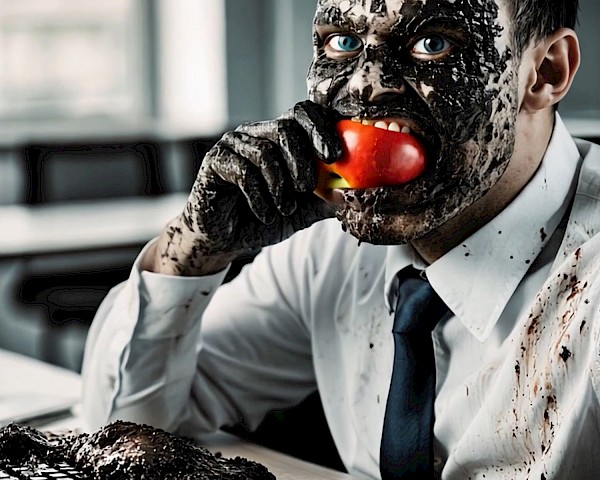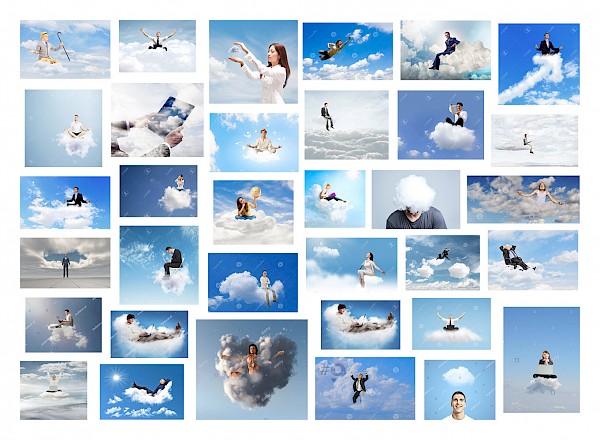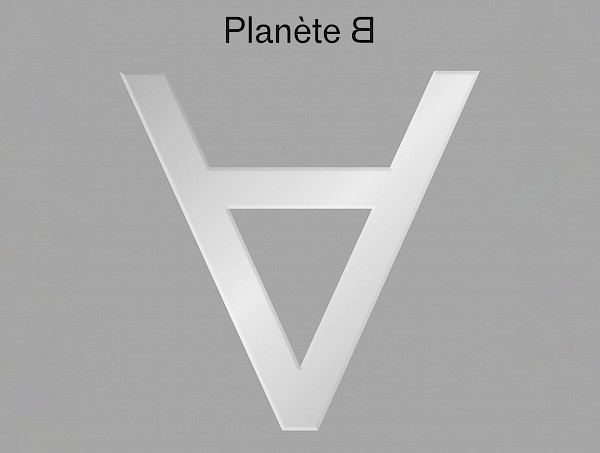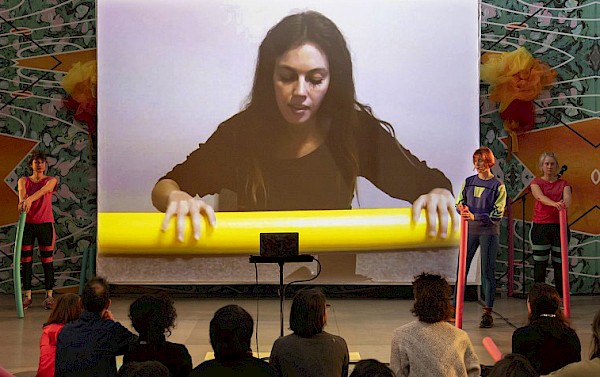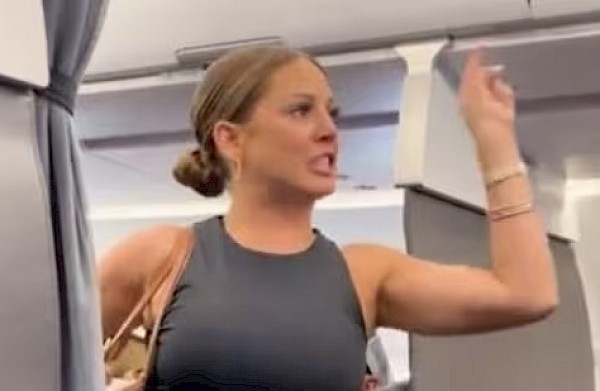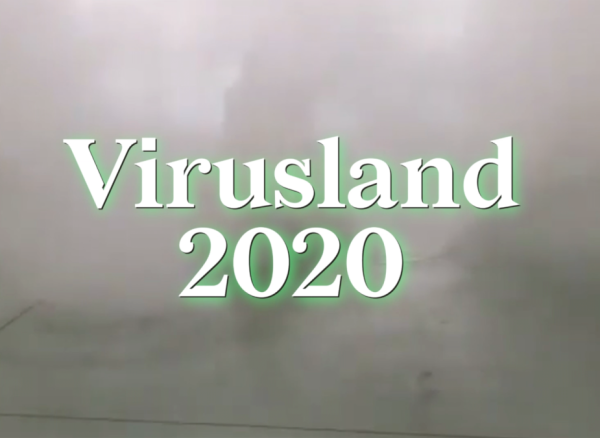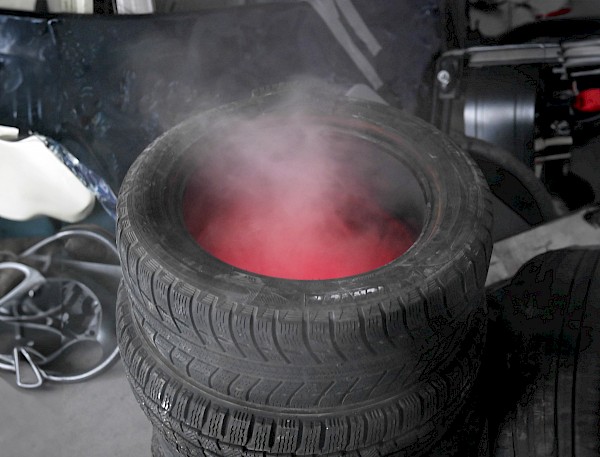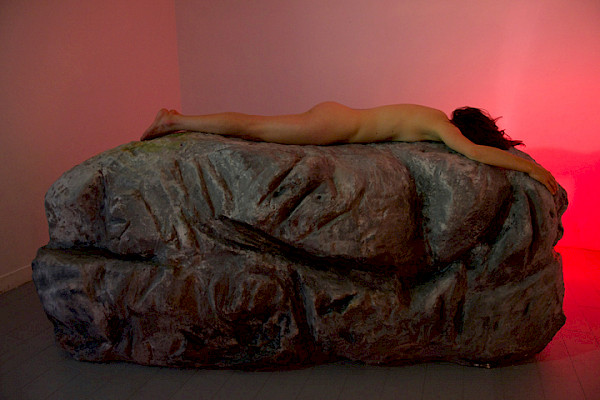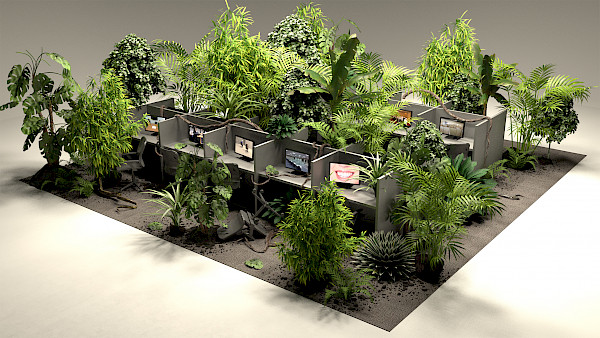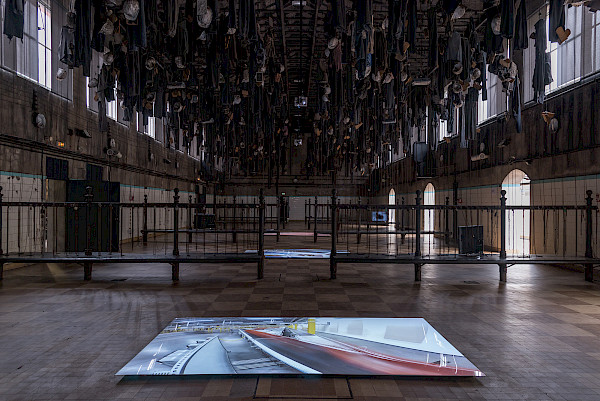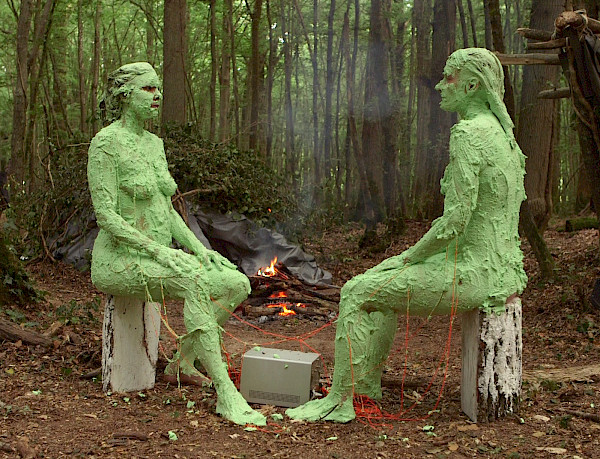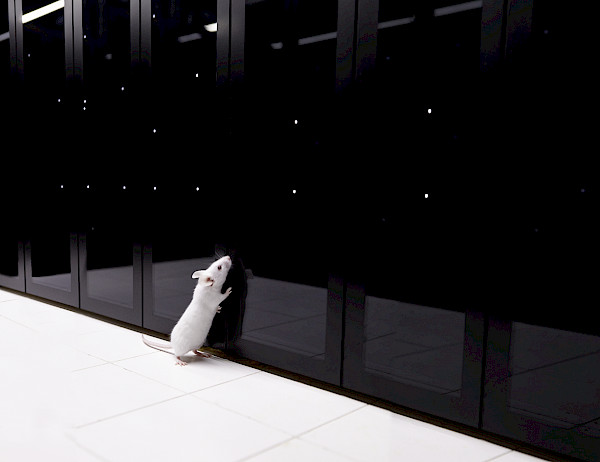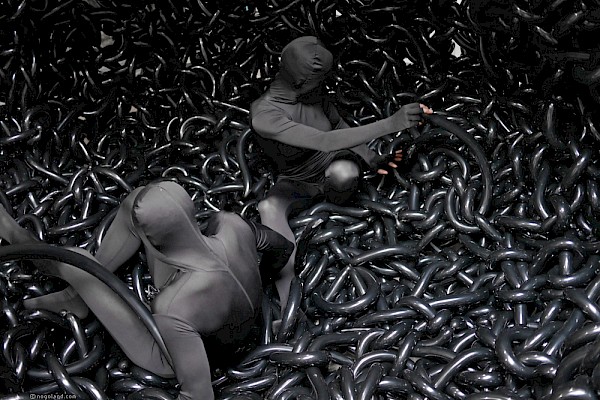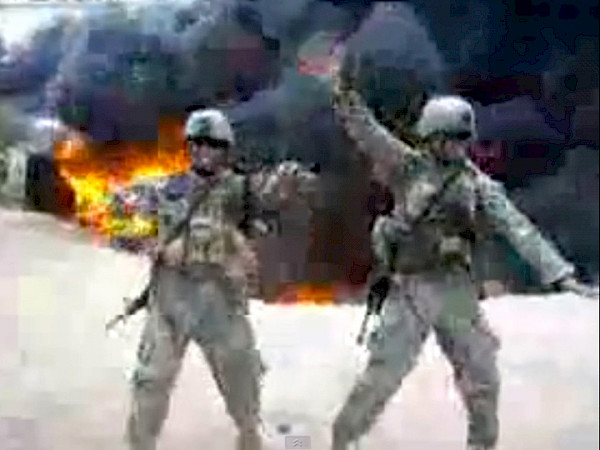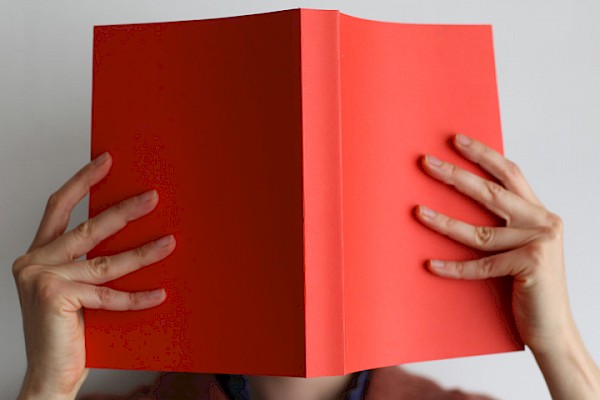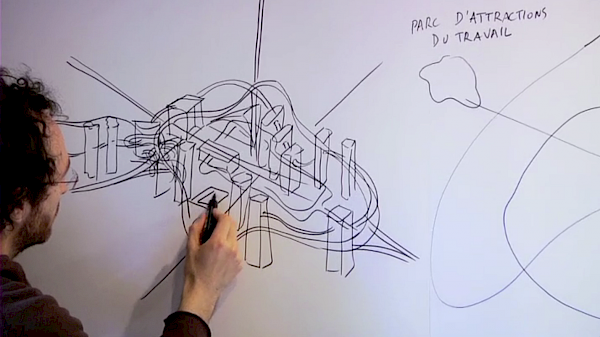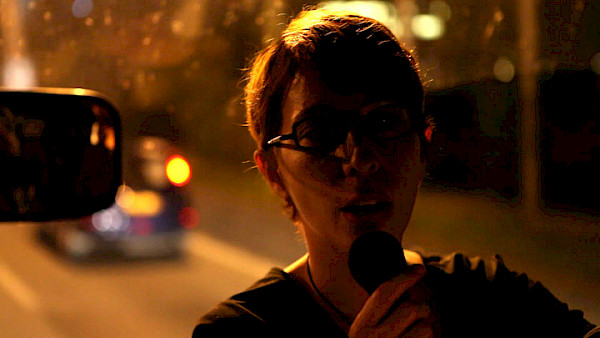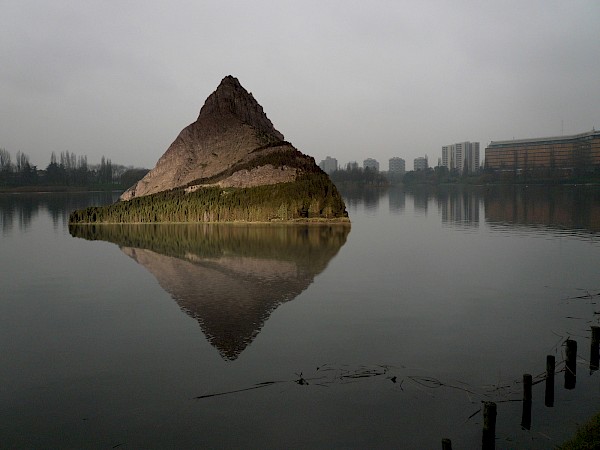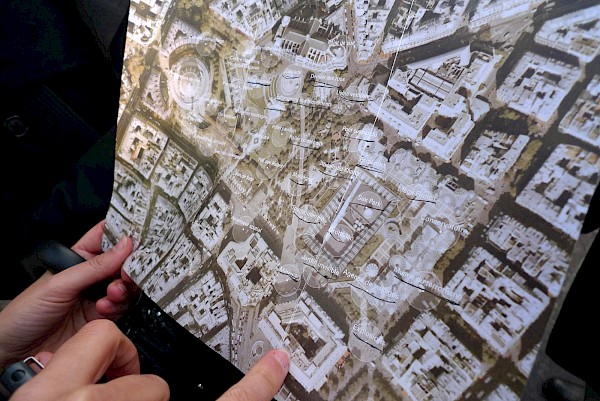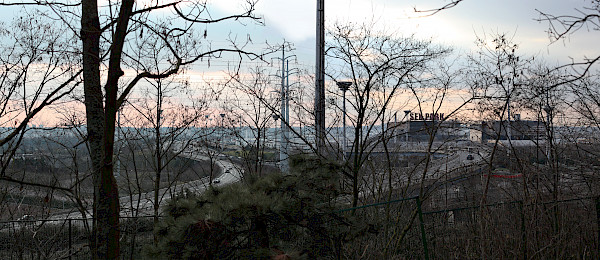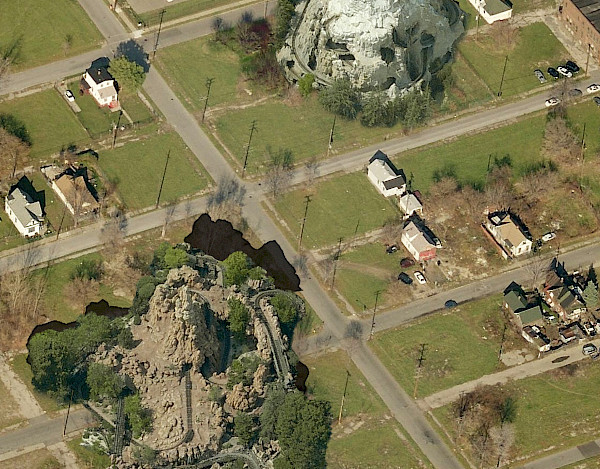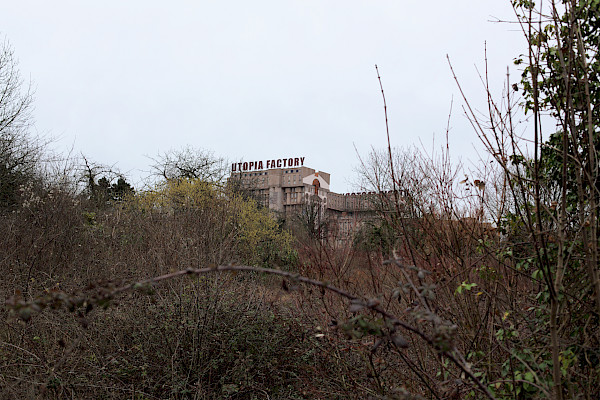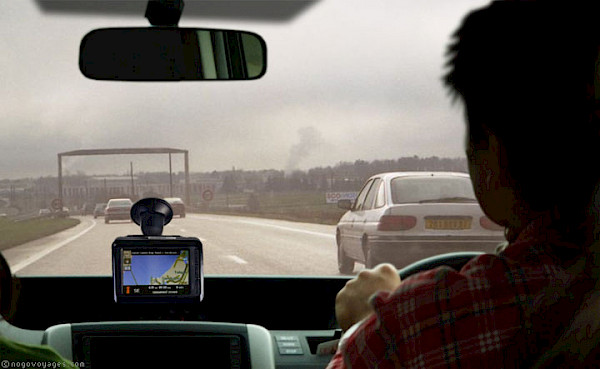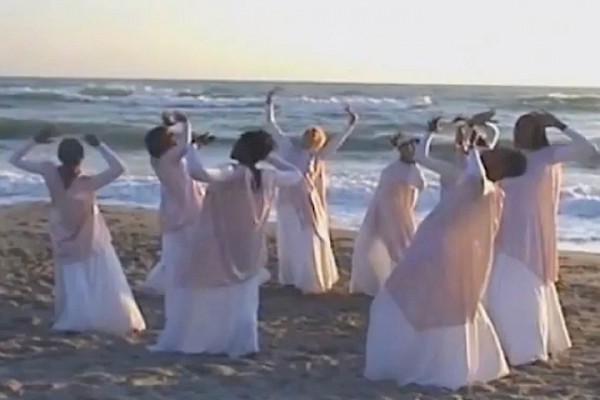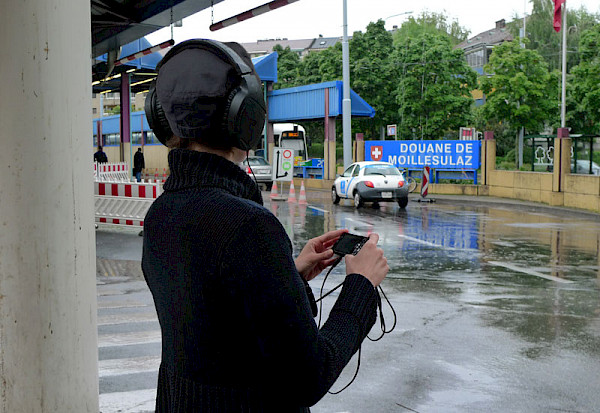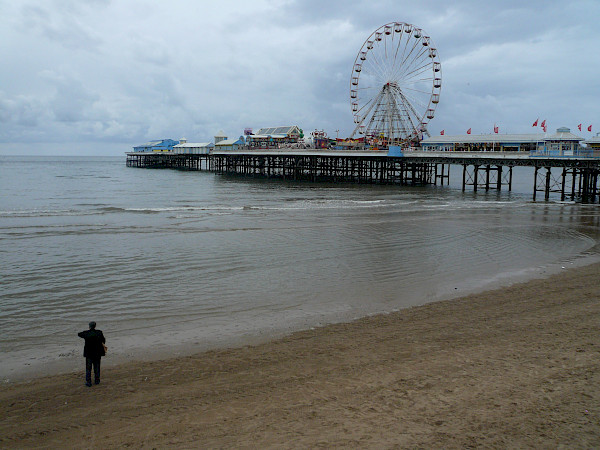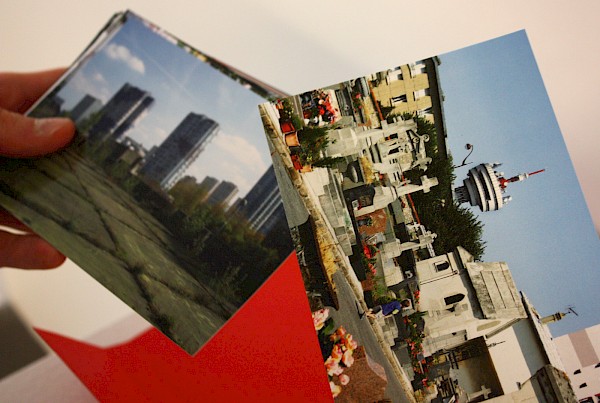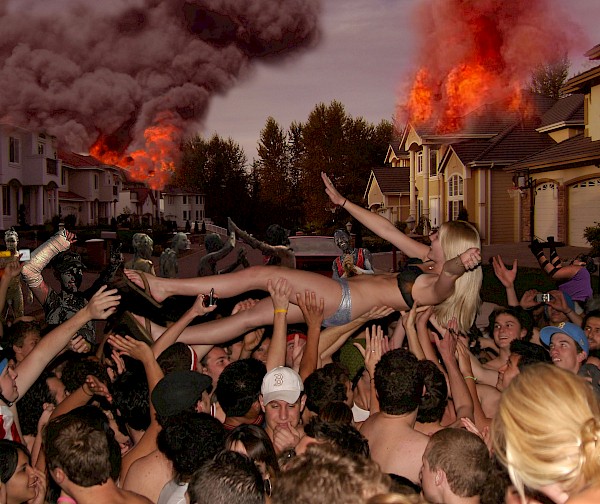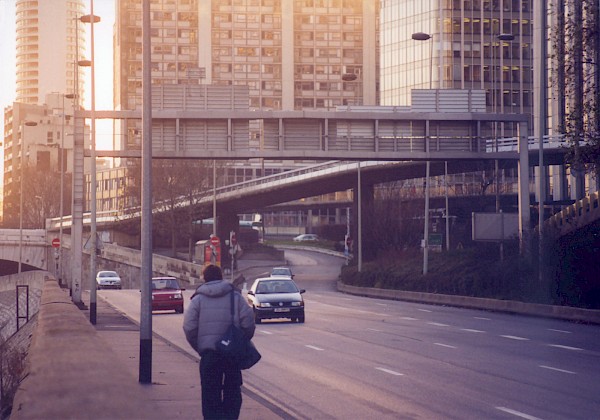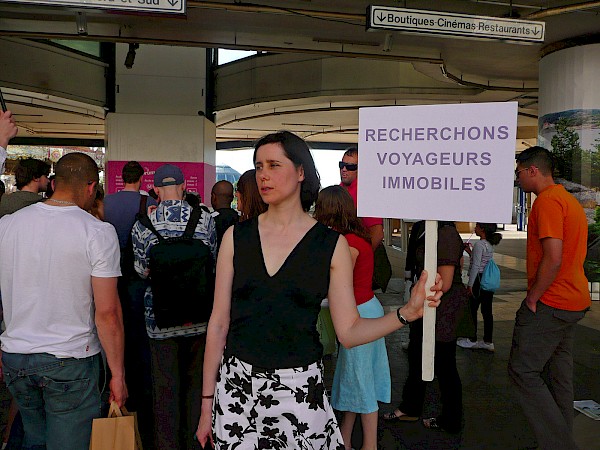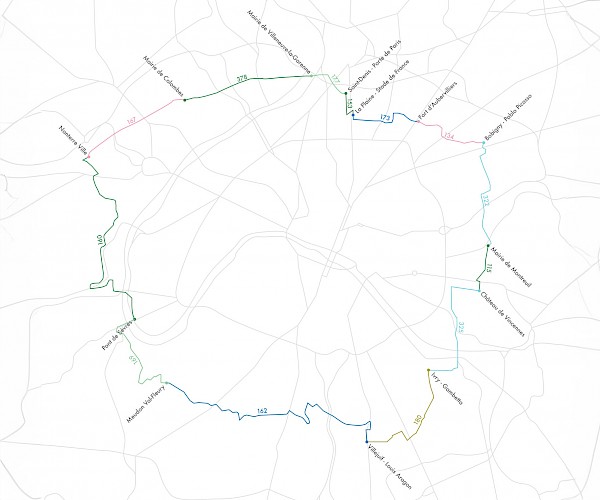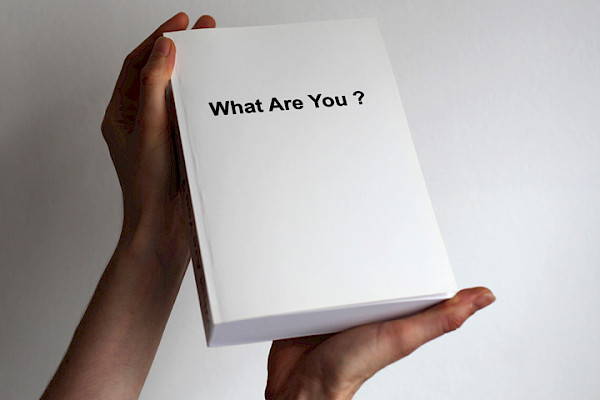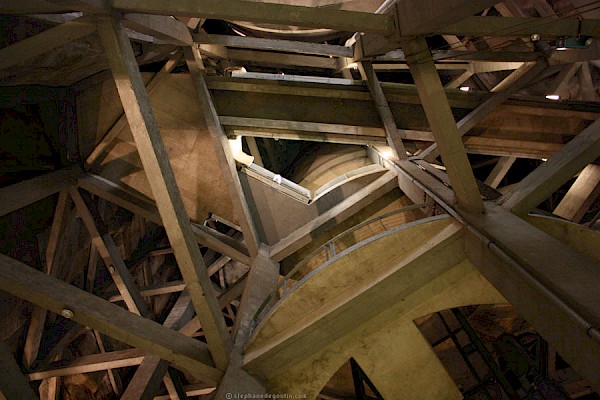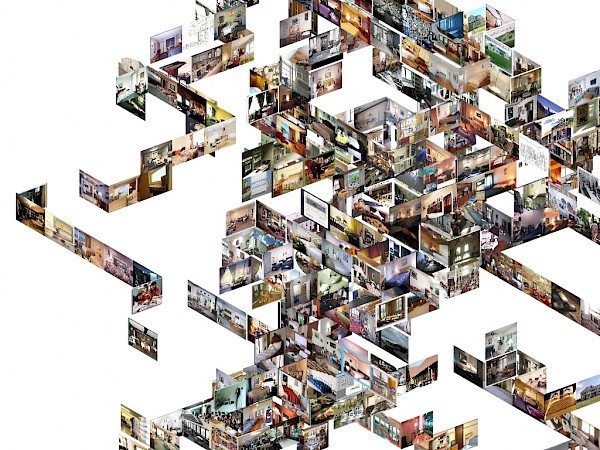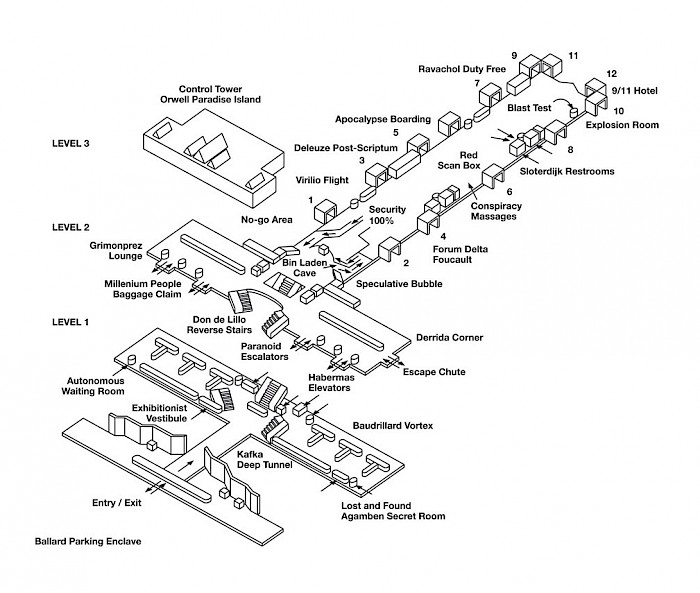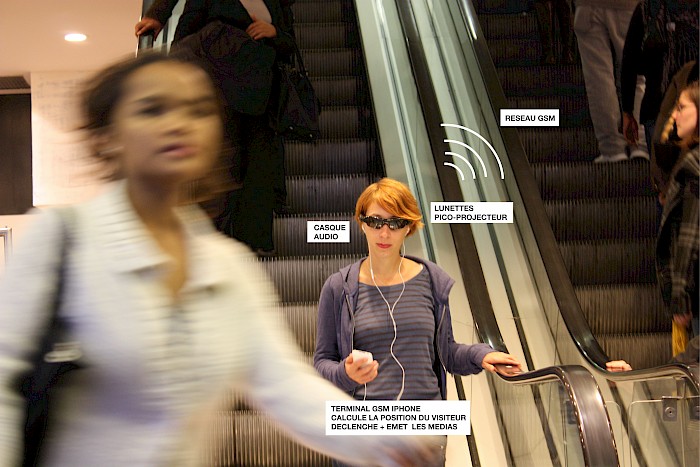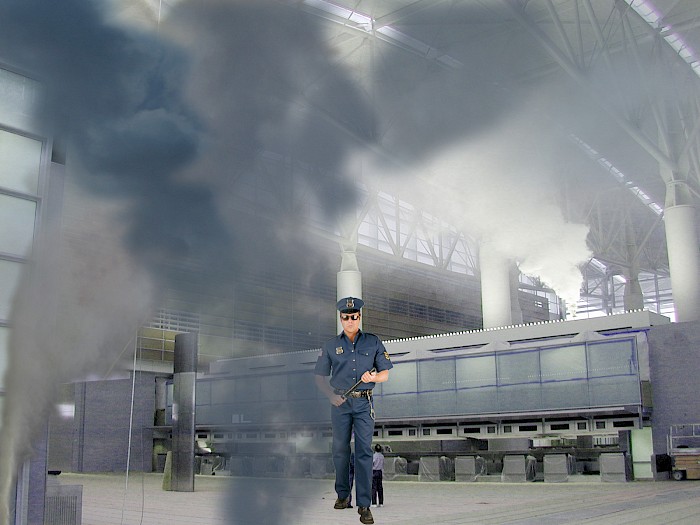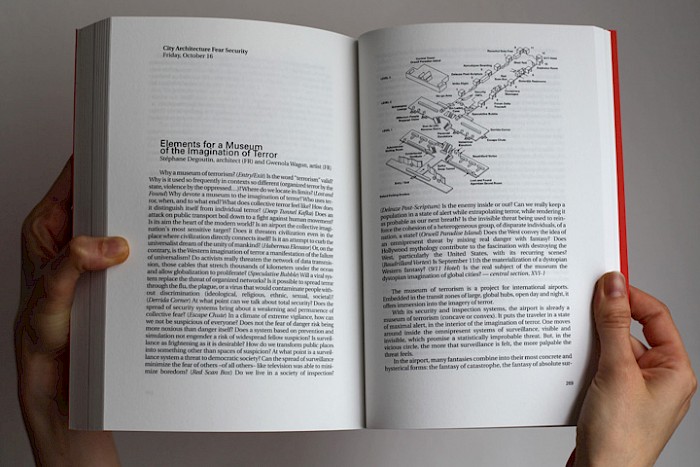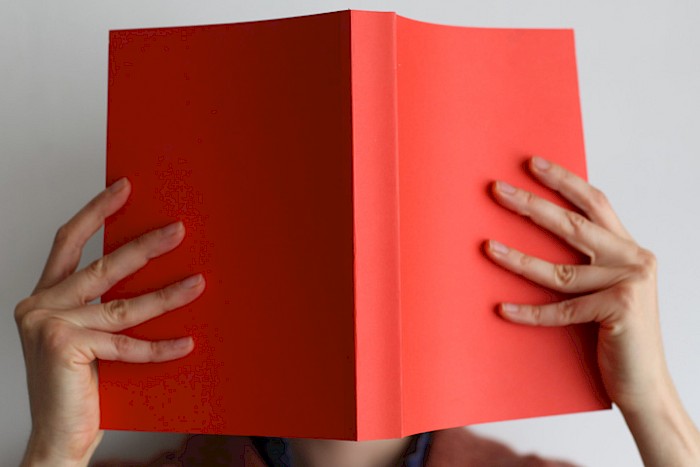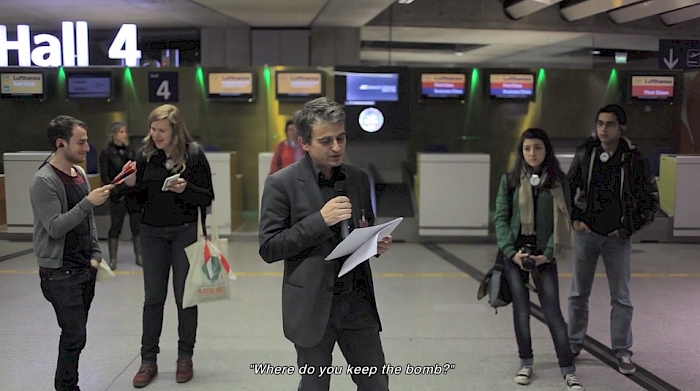Terrorism museum is a project for an international airport. Localized in the transit areas of the the world largest hubs, open day and night, it offers an immersion in the imaginary of the terror.
Terrorism Museum
Performance et vidéo
Because of its ubiquitous safety procedures, the airport already is a terrorism museum. It places the traveler in a maximal state of alert. One roams inside visible and invisible security devices, which tend to cancel the slightest probablility of a threat. Yet, in a vicious circle, the more present is the surveillance, the more real the threat seems.
In the airport, several fantasies find themselves merged, under their most concentrated and hysterical form: the fantasy of the disaster, of the absolute surveillance, of the omnipresence, of unlimited shopping.
These smooth and hygienic spaces look as if they were designed to be the target of an attack. The place which used to be a symbol of speed, progress, and unlimited acces to the human difference, has become a place of stagnation, anxiety, air conditioned custody, as if one found himself the prisoner of a shopping center extended to the whole planet, indefinitely waiting for a plane crash or a hijacking that will never come. Desperately virtual, the threat becomes the object of a tension that proves impossible to unravel between the reality and fantasy, itself representative of the mechanism by which the terror spreads.
It is on this very point of tension, where it becomes possible to understand the mechanism of terror, that we implement the Terrorism museum.
Terrorism Museum is an application for smartphones. Sounds and videos are launched depending on the visitor's position in space. Virtual reality glasses are provided, while he swallows a capsule which alters his mental state. Thus equipped, he wanders around the different zones of the airport, which appear transformed.
The museum is not separated from the reality: it is an additional layer superimposed on the actual place. The public visits the museum while checking in his luggage, passing through the metal detectors, waiting for his plane, wandering in the duty free shops…
The museum takes the form of a series of geolocalized essays. Each zone of the airport is augmented with a layer of questions. Is the Occidetal world under the threat of a destruction it has himself dreamt? (Departures board) What will be the means to spread the terror tomorrow? — Future threats: a trend book. (Cafeteria) The toilets are filled with the voices of conspiracy theory adepts. Habermas, Sloterdijk and Virilio chat in the duty free shop. Escerpts of the Ballard novel Millenium People are staged in the parking lots. The viitor moves around the labyrinthic spaces of the museum, between the voices of philosophers, writers, directors, artists. True ghosts, as George Orwell, walk alongside with Don De Lillo, artists as Alain Declerc, Johan Grimonprez, surveillance specialists, secretaries, secret agents…
Why a museum of terrorism ?(Entry / Exit) Is the word "terrorism" valid ? Why is it used so frequently in contexts so different (organized terror by the state, violence by the oppressed…) ? Where do we locate its limits ? (Lost and Found) Why devote a museum to the imagination of terror ? Who uses terror, when, and to what end ? What does collective terror feel like ? How does it distinguish itself from individual terror ? (Deep Tunnel Kafka) Does an attack on public transport boil down to a fight against human movement ? Is its aim the heart of the modern world ? Is an airport the collective imagination's most sensitive target ? Does it threaten civilisation even in the place where civilization directly connects itself ? Is it an attempt to curb the universalist dream of the unity of mankind ?(Habermas Elevator) Or, on the failure of universalism ? Do activists really threaten the network of data transmission, those cables that stretch thousands of kilometers under the ocean and allow globalization to proliferate ? (Speculative Bubble) Will a viral system replace the threat of organized networks ? Is it possible to spread terror through the flu, the plague, or a virus that would contaminate people without discrimation (ideological, religious, ethnic, sexual, societal) ?(Derrida Corner) At what point ca we talk about total security ? Does the spread of security systems bring about a weakening and permanence of collective fear ? (Escape Chute) In a climate of extreme vigilance, how can we not be suspicious of everyone ? Does not the fear of danger risk being more noxious than danger itself ? Does a system based on prevention and simulation not engender a risk of widespread fellow suspicion ? Is surveillance as frightening as it is desirable ? How do we transform public places into something other spaces of suspicion ? At what point is a surveillance system a threat to democratic society ? Can the spread of surveillance minimize the fear of others - of all others- like television was able to minimize boredom ? (Red Scan Box) Do we live in a society of inspection ? (Deleuze Post-Scriptum) Is the ennemy inside or out ? Can we really keep a population in a state of alert while extrapolating terror, whire rendering it as probable as our next breath ? Is the invisible threat being used to reinforce the cohesion of a heterogeneous group, of disparate individuals, of a nation, of a state ? (Orwell Paradise Island) Does the West convey the idea of an omnipresent threat by mixing real danger with fantasy ? Does Hollywood mythology contribute to the fascination with destroying the West, particulary the United States, with recurring scenes ? (Baudrillard Vortex) Is September 11th the materialization of a dystopian Western fantasy ? (9/11 Hotel) Is the real subject of the museum the dystopian imagination of global cities ?
Press
"Le Choc esthétique" de Soline Ledésert sur France Culture, 2010.
Diffusion
Screening of the video Terrorism Museum at the Ciné tambour of the Rennes 2 University, February 5, 2020
Musée du terrorisme, vidéo, Qu’est-ce que je veux dire ?, Exposition A Balzac A Rodin, Paris. 2017
Performance avec Philippe Durand 24 chrono, Turbulences, Ministère de la culture - bureau de la recherche architecturale, Terminal 1, Aéroport Charles de Gaulle, 31 mai 2013
Radart. Carrefour des possibles. Présentation du projet "Musée du terrorisme". 24 mars 2010
Nuit Blanche, Aubervilliers in situ, Synesthésie, Saint-Denis. 2 octobre 2010.
Présentation du Musée lors de la carte blanche à Philipp Vasset, Evento, Bordeaux, Octobre 2009
Annexes
Musée du terrorisme in Intime collectif, Evento 2009, sous la direction de Didier Fiúza Faustino, Bordeaux, 2009
"Le Choc esthétique" de Soline Ledésert sur France Culture, 2010
Musée du terrorisme in Habiter les aéroports, sous la direction d'Andrea Urlberger, MétisPresses, 2012
Credits
Actor : Philippe Durand
Thanks to Andrea Urlberger
